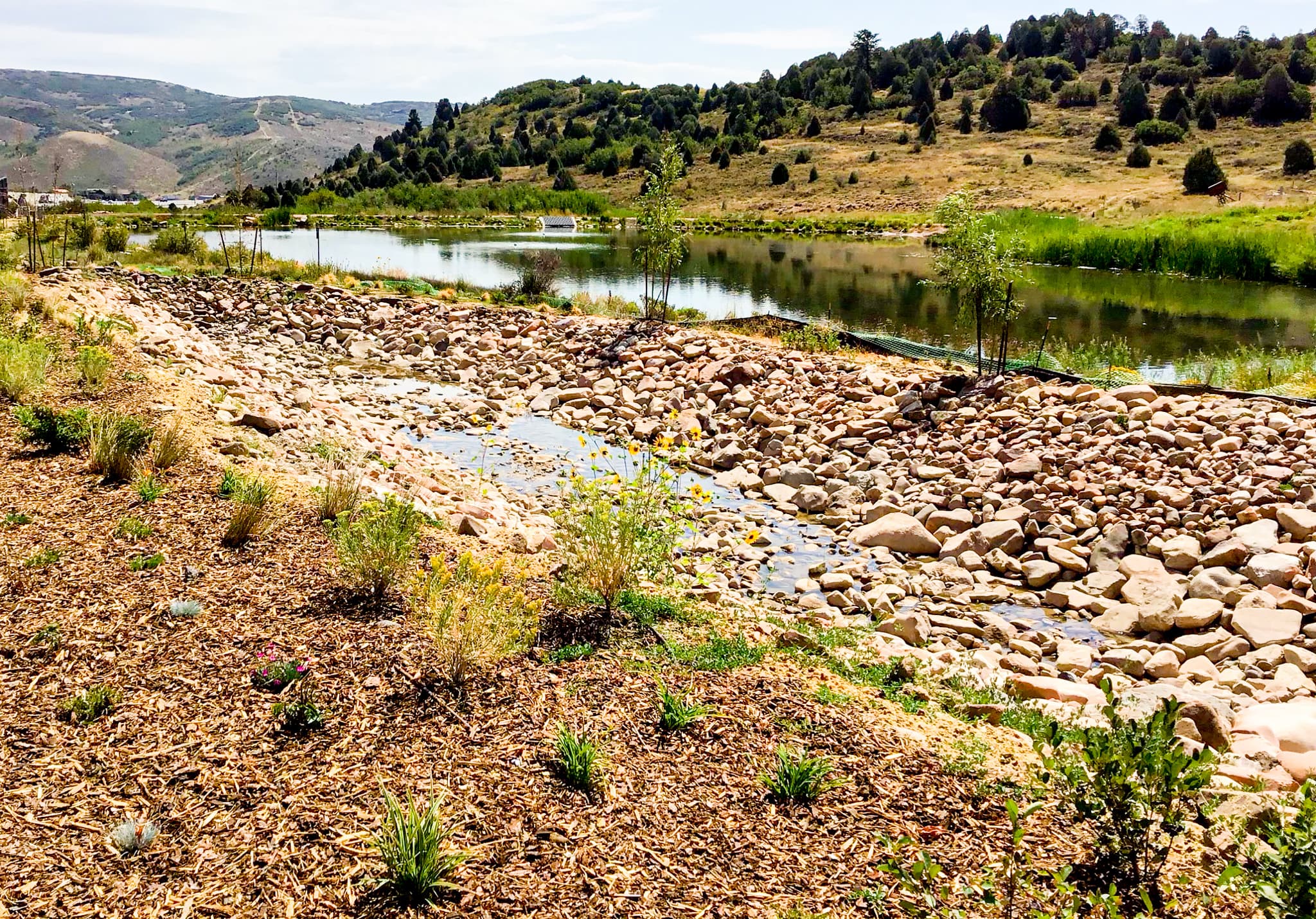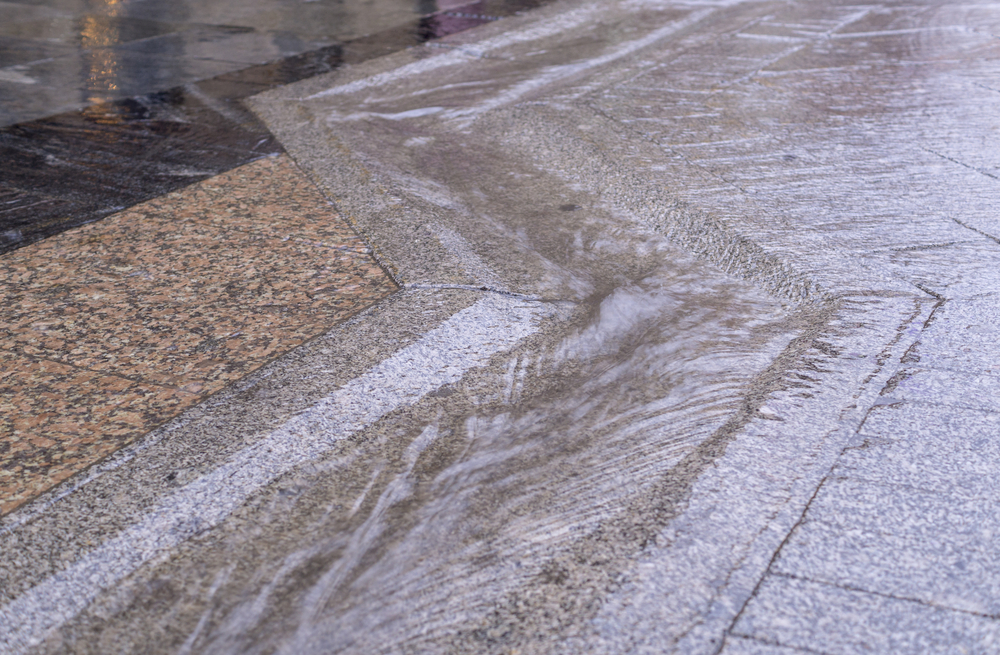Urbanization is reshaping the planet at an unprecedented pace. As cities grow and expand, one significant consequence is the effect on the natural water cycle—particularly stormwater runoff. The increase in impervious surfaces, like roads, sidewalks, and buildings, has had a profound impact on stormwater quality, creating environmental challenges for cities and surrounding ecosystems. In this post, we will explore how urbanization affects stormwater runoff and will discuss strategies to mitigate its negative impacts.
Understanding Stormwater Runoff
Stormwater runoff refers to rainwater or melted snow that flows over land surfaces. In natural landscapes, this water percolates through the soil, where it is filtered and eventually reaches underground water reserves or nearby water bodies. However, urban environments dramatically alter this process.
As cities grow, they replace natural ground cover with impermeable surfaces that prevent water from being absorbed. Instead of infiltrating the soil, water flows rapidly across these hard surfaces, picking up pollutants along the way and carrying them into storm drains, rivers, lakes, and oceans and drinking water supplies depending on locality.
How Urbanization Increases Stormwater Runoff
Urbanization dramatically increases the volume and speed of stormwater runoff, mainly due to the following factors:
- Impervious Surfaces: Roads, rooftops, parking lots, and sidewalks prevent water from naturally infiltrating into the soil. As a result, water collects and flows quickly into drainage systems, overwhelming them in heavy storms. Studies have suggested that even a small increase in impervious surface coverage can double the runoff rate in an area.
- Altered Drainage Systems: In many cities, natural waterways are replaced with engineered drainage systems that channel water directly into rivers or lakes. These systems are often designed to move water as quickly as possible, which limits the opportunity for treatment or to allow infiltration into the ground.
- Loss of Vegetation: Urban sprawl reduces green spaces, trees, and plants that would normally help absorb water. Vegetation not only slows down runoff but also improves water quality by filtering pollutants.
The Effect on Stormwater Quality
As stormwater flows over urban surfaces, it picks up a wide range of pollutants, including:
- Oil, gasoline, and heavy metals from vehicles on roads.
- Sediment from construction sites.
- Chemicals and fertilizers from lawns and gardens.
- Waste like plastic debris, cigarette butts, and litter.
- Bacteria and pathogens from pet waste or sewage overflows.
This polluted stormwater eventually drains into local water bodies, posing significant risks to ecosystems and public health. Polluted runoff can degrade water quality, harm aquatic life, and make water bodies unsafe for recreational activities like swimming and fishing.
Consequences of Poor Stormwater Management
If stormwater runoff is not properly managed, it can have several damaging effects:
- Flooding: Increased stormwater runoff can overwhelm drainage systems, leading to urban flooding. This can damage property, disrupt traffic, and displace residents, particularly in low-lying flood plain areas.
- Water Pollution: Contaminated stormwater runoff is one of the leading sources of pollution in lakes, rivers, and oceans. It contributes to harmful algal blooms, oxygen depletion, and the death of aquatic life.
- Erosion: When stormwater flows rapidly over surfaces, it can cause soil erosion in nearby areas. This leads to the loss of valuable land and can destabilize natural ecosystems.
- Degraded Habitat: Many fish and wildlife species are sensitive to changes in water quality. Polluted stormwater can damage sensitive habitats and lead to a decline in biodiversity.
Mitigating the Impact of Urbanization on Stormwater Runoff
As cities continue to grow, it’s crucial to adopt sustainable practices that manage stormwater runoff effectively. Here are several strategies that can help:
- Green Infrastructure: Green infrastructure refers to natural or engineered systems that mimic natural processes. Examples include green roofs, rain gardens, and permeable pavements that allow water to infiltrate rather than run off. These systems reduce runoff volume and improve water quality by filtering out pollutants.
- Retention Ponds and Wetlands: Constructed wetlands and retention ponds are designed to hold stormwater, giving it time to settle and allowing pollutants to be filtered out before the water reaches natural water bodies. They also provide habitat for wildlife and help recharge groundwater supplies.
- Vegetation and Tree Canopy: Planting more trees, shrubs, and vegetation in urban areas helps to slow down and absorb stormwater. Trees also intercept rainfall with their leaves and provide natural filtration for water entering the ground.
- Permeable Pavement: Unlike traditional concrete or asphalt, permeable pavements allow water to pass through, reducing surface runoff and enabling water to filter through the ground.
- Public Awareness and Policy: Educating communities about the importance of managing stormwater and enacting policies that enforce green construction practices, reduce pollutants, and incentivize sustainable urban design can make a big difference.
Urbanization has a profound impact on stormwater runoff and quality, However the good news is that cities can mitigate these effects by adopting sustainable infrastructure and planning. By incorporating green spaces, managing pollutants, and designing with nature in mind, cities can reduce the harmful impact of stormwater runoff while fostering healthier ecosystems. As urban areas continue to grow, it’s critical to prioritize the health of our water systems for future generations.



